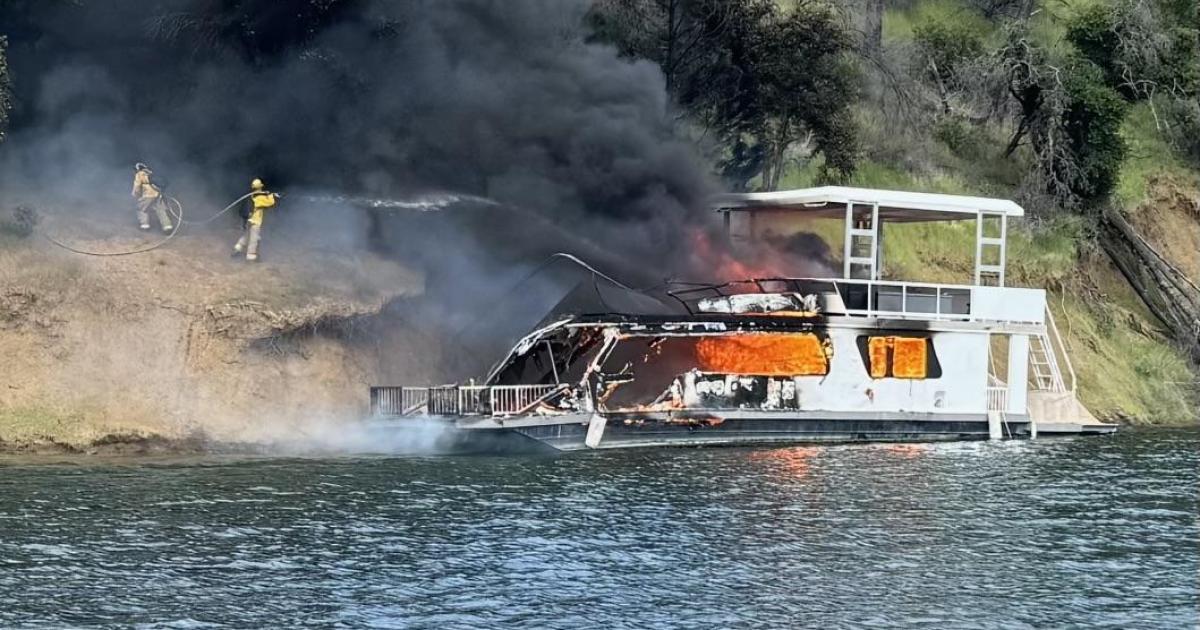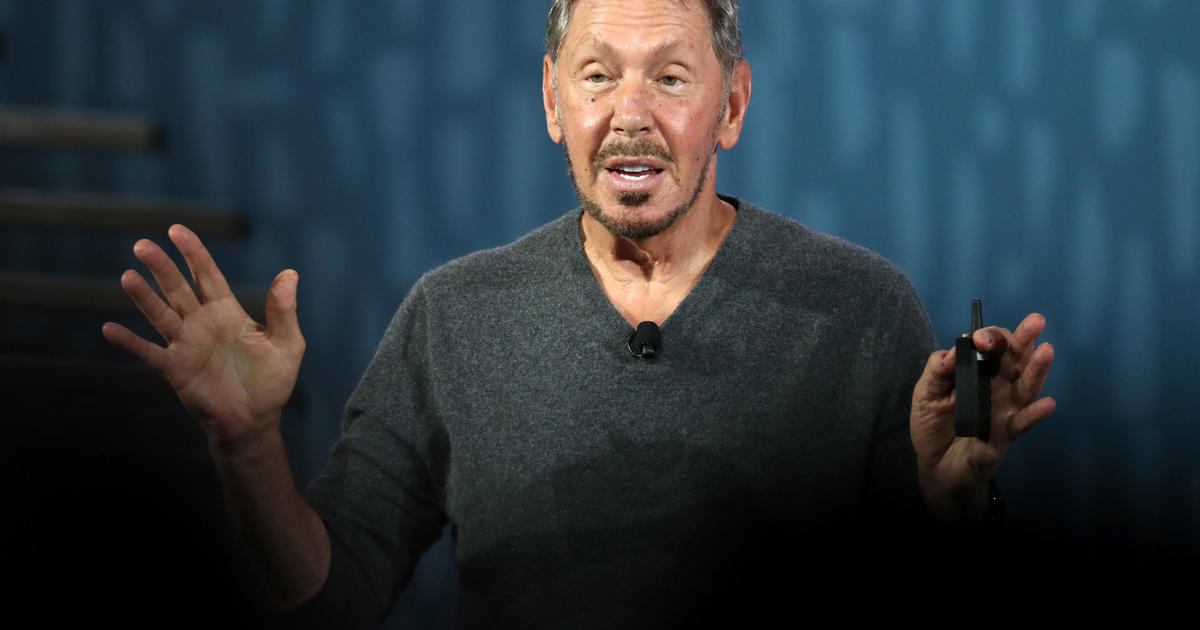PG&E Questioned Over Policy On Power Shutoffs at CPUC Hearing
SACRAMENTO (BCN)-- PG&E faced questions and criticism about its power shutoff policies during a public briefing Tuesday with the California Public Utilities Commission.
The briefing was the third in a series of meetings with California electricity companies to discuss their efforts to reduce the frequency and impact of what PG&E calls Public Safety Power Shutoffs, or PSPS events.
During the meeting, PG&E presented its 2021 progress and fielded questions from CPUC commissioners, residents, and officials from Cal Fire, the California Governor's Office of Emergency Services and the California Office of Energy Infrastructure Safety.
Throughout the briefing, CPUC President Marybel Batjer pressed PG&E's senior vice president and chief risk officer Sumeet Singh on specifics of PG&E's work to limit the number and scope of PSPS events, stressing the commission's position that shutting off energy to customers should be an absolute last result.
"Unlike other mitigation strategies, these PSPS events have very real and very direct impacts to customers. It is trading individual risk to customers for reducing wildfire risk," she said. "At risk in a PSPS event are people's lives and their livelihoods."
One of PG&E's measures for the shutoffs, Singh told the group, is updated guidance for when to resort to a PSPS event and new machine modeling. Previously, PG&E based their PSPS decision-making on the likelihood of a large fire happening due to factors like wind speed, low humidity and nearby dry fuel.
The updated modeling incorporates historical weather data and local outage trends to determine the likelihood of igniting a catastrophic fire. It also allows the utility to determine the likelihood that trees nearby will fall over on to power lines, potentially causing a fire.
In April, a federal judge overseeing PG&E's criminal probation recommended the utility do exactly that -- to take into account what PG&E now calls their "tree overstrike criteria" when deciding whether to schedule a PSPS event. According to Singh, the new criteria would have reduced the number of PSPS events occurring between 2017 and 2019, though the number of events in 2020 would have stayed the same.
The utility was placed on probation in 2016 after a federal court found that PG&E neglected to keep accurate and complete records or address potential threats in its natural gas pipelines leading up to a 2010 fatal gas pipeline explosion in San Bruno.
Incorporating the tree overstrike factor is predicted to marginally increase the average event duration from about 35 to about 39 hours, according to Singh. It's also forecasted to slightly increase the potential frequency of PSPS events in eastern and rural areas that have more tall trees, such as Placer County and Butte County -- a factor that Batjer worried could further hurt underserved communities in those areas.
Moving forward, Singh said PG&E will only consider a shutoff to be necessary if there is both a high probability of an outage and ignition and a high probability that the ignition grows into a catastrophic fire -- such as a strong windstorm in an area with lots of dry vegetation.
Meeting just one of those criteria -- such as a storm that isn't dry or a hot day without wind -- are not considered likely to cause a catastrophic fire under PG&E's updated criteria.
Singh also reviewed PG&E's progress in updating the utility's power grids and expanded resources for customers impacted by shutoffs.
The utility has installed over 1,000 sectionalizing devices that allow it to isolate small portions of the grid during shutoffs and strengthened over 600 miles of electrical lines by strengthening poles and covering lines.
These hardening measures don't eliminate the possibility of a PSPS event but raise the threshold at which PG&E will consider a shutoff necessary. The only measure that can completely erase the risk of sparking a wildfire is burying electrical lines underground, Singh said.
Late last month, PG&E announced a new initiative to bury about 10,000 miles of power lines in areas where there is a high threat of fire.
In response to customer feedback, Singh said, PG&E has also improved its PSPS event notifications and restoration time forecasting, along with expanding partnerships with community-based organizations to help distribute resources such as batteries and meals.
PG&E also has a team of tribal liaisons to conduct outreach and provide support for local tribes during PSPS events.
Commissioners pushed the utility on what happens when batteries run out of power or don't work, to which Vanessa Bryan, PG&E's senior manager of PSPS customer engagement and strategy, said PG&E relies on community-based organizations that it has connected with to replace batteries.
With several parts of Northern California currently under Red Flag Warnings for weather that could spark a wildfire, Cal Fire Assistant Deputy Director Daniel Berlant noted the timeliness of the briefing with PG&E.
Berlant stressed the importance of improvements and preparedness as California's wildfire season continues to rage on.
"With nearly 89 percent of California under extreme or exceptional drought conditions, our fire activity across much of the state is going to be extreme, as it already has been this year," he said in the meeting.
"This year's fire season, if anything like last, is going to go late into the fall, and even potentially into what is traditionally wintertime. The need for PG&E and everybody else to be prepared year-round is only exacerbated."
© Copyright 2021 CBS Broadcasting Inc. and Bay City News Service. All Rights Reserved. This material may not be published, broadcast, rewritten or redistributed.



